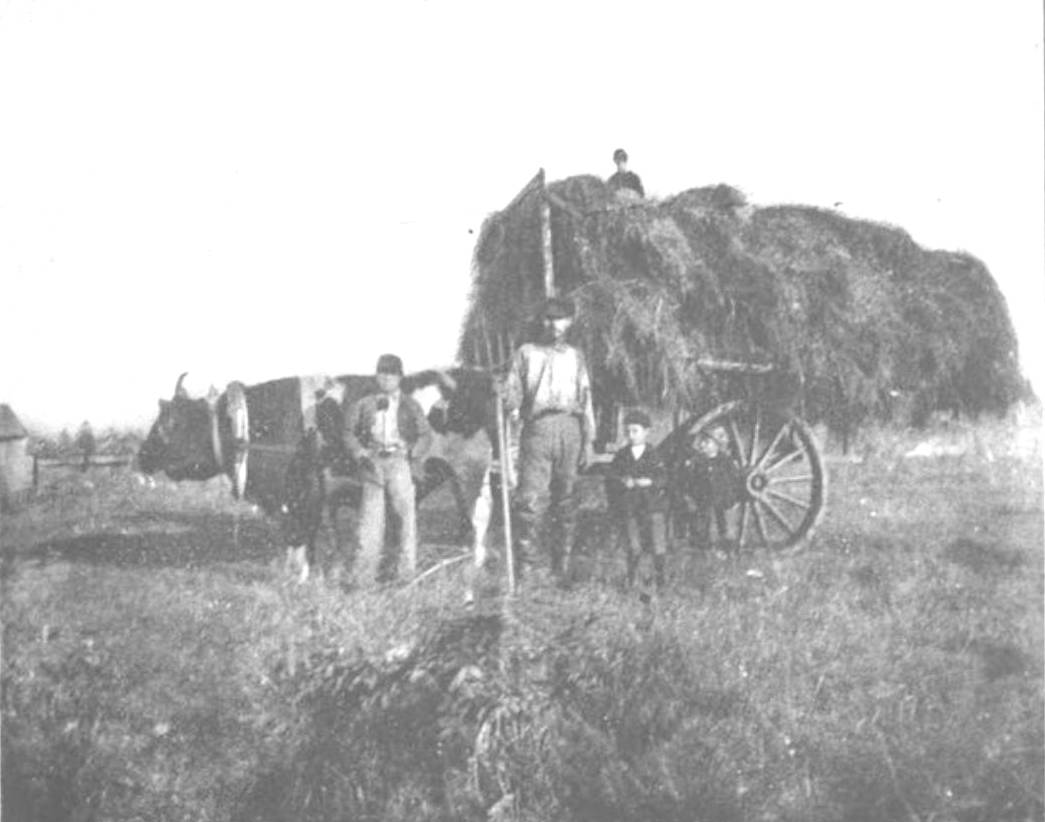On June 8, 1897, Dr. Walter H. Evans of the U.S. Department of Agriculture and Benton Killin, a retired lawyer and regent of the Oregon State Agricultural College, set out from Tacoma, Washington, on a steamer bound for Alaska.
Over the next three months they would explore the southern coast of Alaska under orders from U.S. Secretary of Agriculture James Wilson to assess the prospects for agriculture in the territory.
They were to answer 20 questions, beginning with, “What are the most characteristic plants? What edible fruits and roots abound, and how are they utilized? What grasses and forage plants are found in any abundance?”
Evans and Killin steamed along southeast and southern Alaska, stopping at communities along the way. After Prince William Sound they visited Kodiak and Cook Inlet, touching shore on the Kenai Peninsula at Homer, Anchor Point and the mining community of Sunrise City.
In the Cook Inlet region they found only small gardens and livestock endeavors. These were cultivated mainly to provide fresh vegetables and farm products to local villages and mining camps.
At Sunrise City the two parted ways, Killin taking the Portage to Prince William Sound while Evans steamed on as far as Unalaska before returning to the Lower 48.
In the summer of 1898, in the middle of the Spanish-American War, Evans again traveled to Alaska. This time he focused on the native plants.
He spent weeks in the vicinity of the cannery on the north shore of the Kasilof River in July and August, where he collected many plant specimens. Evans described the topography and plant communities of the dunes, bluffs and lowlands around Kasilof.
Of all the plants that Walter Evans collected while in Alaska, he took a special interest in a birch that was “very common” around Cook Inlet.
“This birch has apparently not been reported before,” he wrote. “Whether it proves an undescribed species or an Asiatic form remains to be determined.”
To this day, the origin and identity of the birch that Evans later described as the Kenai birch, Betula kenaica, remains enigmatic.
In their 1898 and 1899 reports to Congress, Evans, Killin and others remarked that many vegetables, including peas, beans, cabbage, carrots, turnips, rutabagas, radishes, lettuce, celery, beets and potatoes, grew well in the Cook Inlet region.
They also reported that many wild berries could be harvested and even cultivated. Other than berries and potherbs, they found the only native plants harvested for human consumption were chocolate lilies and beach peas.
At that time haymaking was already taking place annually in Cook Inlet. Canada bluejoint grass was found to be abundant at Homer and Sunrise City, where it was apparently used as hay.
Timothy, alfalfa and oats were grown in Kenai. White clover, red clover and alfalfa had been established as livestock forage in Kasilof.
We tend to think of weeds as having been introduced recently, but Evans noted that non-native plants were already spreading from settlements in Alaska as early as 1897.
Killins wrote, “White clover and Kentucky blue grass do well all over the region visited and have become thoroughly established. Whenever the native growths are killed out, these come in.”
Chickweeds, sheep’s sorrel, pineapple weed and corn spurry were listed as problems in gardens. Non-native dandelions and annual bluegrass were also documented.
The key finding of these agricultural investigations was that southern Alaska did have potential for food production from both wild plants and agriculture. The authors of the 1898 and 1899 reports reiterated a desire to establish agricultural experiment stations in Alaska, leading to the construction of a research dairy farm in Kenai in the following years.
The Kenai Peninsula has changed much since the 1890s, becoming far, far less of a wild frontier. This is why I find it fascinating that some of the same concerns addressed by Evans and Killin in the late 1800s remain relevant.
They discussed what today we would call food security, sustainability, locally grown food, non-native plants and conservation of game animals. Even down to the types of vegetables grown and problems with hay storage, I am amazed at the similarities between farming in 1897 and my own family’s experiences with gardening and haymaking in Kasilof.
Looking back over 100 years into the landscape and communities of the Kenai Peninsula in 1897–1898 makes me wonder how much will remain the same and what may change in the future.
What will be harvested from the wild and what will be grown here? What will be the ramifications of actions that we take now? How much of the Kenai Peninsula and Kenai National Wildlife Refuge that are wild now will become less so?
Matt Bowser serves as Entomologist at Kenai National Wildlife Refuge. Find more Refuge Notebook articles (1999–present) at https://www.fws.gov/refuge/Kenai/community/refuge_notebook.html.
By Matt Bowser
For the Clarion

